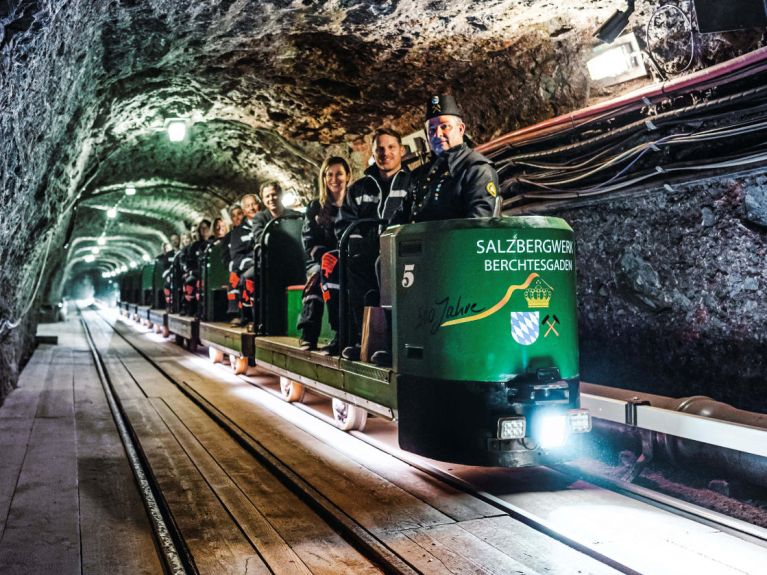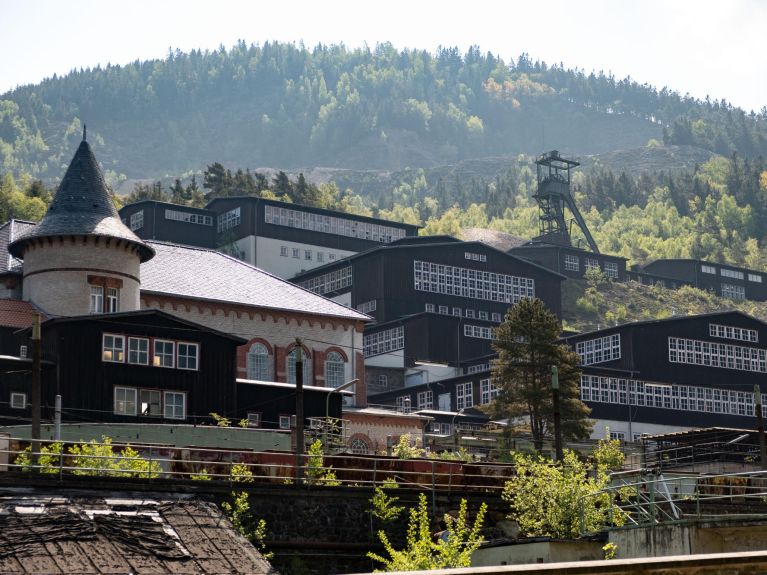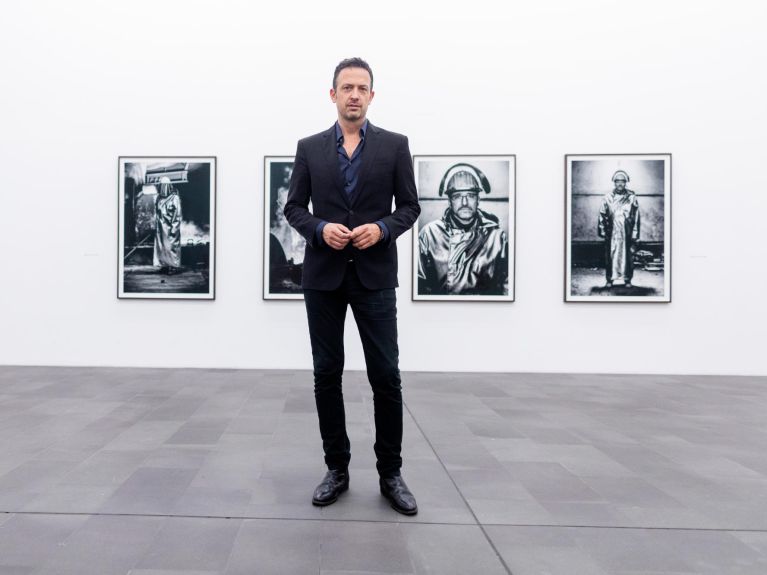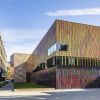What’s happening nowadays in mines and tunnels?
Previously mining, now culture: Many former underground workplaces are now being used for exhibitions, concerts or guided tours.

Germany was for centuries one of the most important mining regions in Europe. Mining ended in many places due to technological change, climate policy goals and the decline in resources. These former mines and tunnels are now testimonies to Germany’s industrial history and places of culture.
Berchtesgaden Salt Mine: sliding into the “white gold”
One of the oldest active salt mines in Europe has existed for more than 500 years and is located in Berchtesgaden, Upper Bavaria. The exhibition mine takes visitors on an underground journey through time: The mine railway takes you deep into the mountain, through tunnels and salt cathedrals to an underground lake. A highlight of the tour is the historic wooden slide, which miners once used to descend to deeper levels and is now an unforgettable experience, especially for children. In addition to technical details, the tour impressively conveys how important the “white gold” has been for Bavaria.
Rammelsberg ore mines: UNESCO World Heritage Site

Near Goslar in Lower Saxony is situated the former Rammelsberg ore mines – a UNESCO World Heritage Site since 1992. The tunnels and vaults document a once flourishing industrial culture. Visitors to the site can climb through dark shafts in protective clothing and take part in guided tours to gain an impression of how tough everyday mining life actually was. The mine is now not just a museum and monument, but also a venue for lectures, concerts and photo exhibitions with a special atmosphere – underground.
Till Brönner: from musician to photographer

Till Brönner is considered to be Germany’s best-known jazz trumpeter. A few years ago, he temporarily shifted his focus from sound to images and travelled through the Ruhr region to photographically explore the former mining communities. The Capital of Culture 2025 Chemnitz is now showcasing his exhibition Melting Pott – including images of miners, industrial architecture and everyday scenes. The exhibition venue is an element of the programme: a former washroom, a miners’ changing room, in the disused Oelsnitz coal mine that is now part of the Museum of Mining in Saxony.


